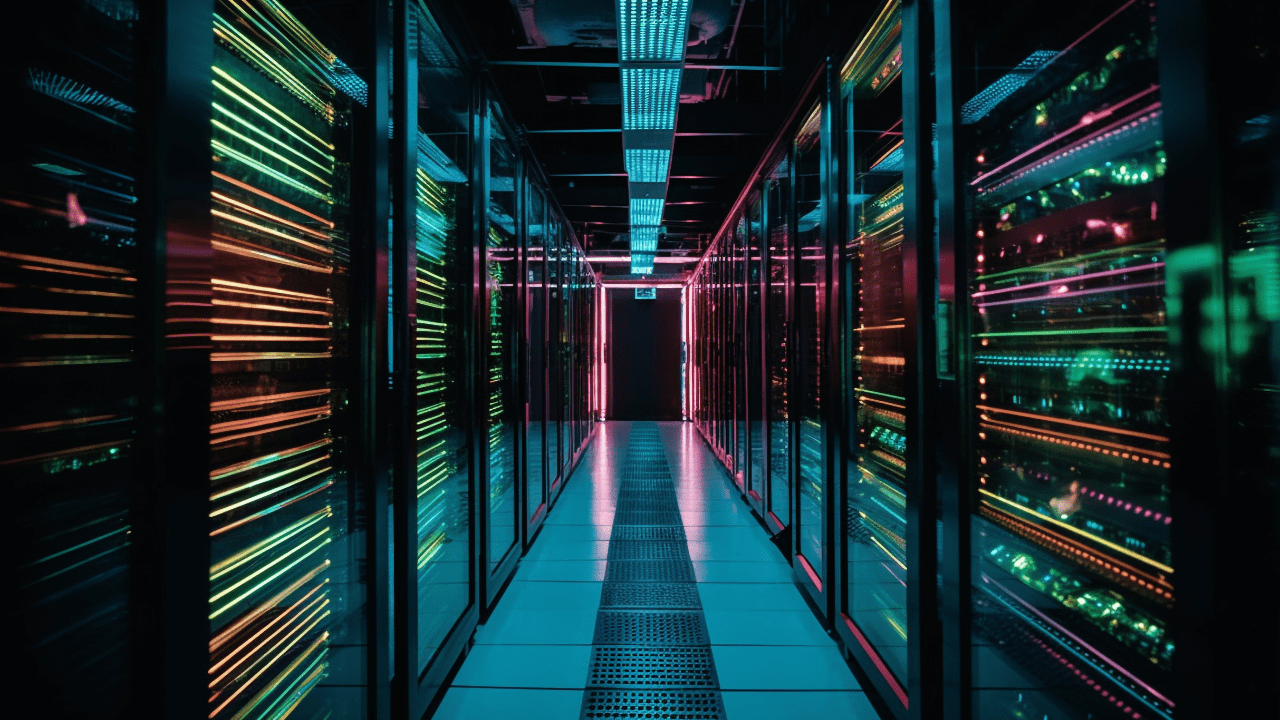The modern IT department bears little resemblance to its predecessor of just a few years ago. Where we once saw rooms full of staff responding to endless streams of alerts and tickets, we now find sophisticated Artificial Intelligence (AI) systems quietly maintaining complex digital ecosystems. This transformation isn’t just about adding new tools – it represents a fundamental shift in how organizations approach technology management.
The introduction of AI has transformed how we monitor and understand our IT systems. Traditional monitoring was like watching individual security cameras, with each showing an isolated view. Today’s AI-powered observability is more like an intelligent security system that not only watches everything simultaneously but understands how each part relates to the whole.
Today’s observability systems provide complete visibility across both vertical technology stacks and horizontal business processes, while continuously adapting to changing conditions. What makes this particularly potent is the system’s ability to learn and evolve. Machine learning (ML) algorithms establish dynamic baselines for normal operation, automatically adjusting to seasonal patterns and growth. They can spot subtle anomalies that would be impossible for human operators to detect, often identifying potential issues days before they would impact services.
The end of reactive IT
One of the most significant changes that AI has brought to IT departments is the shift from reactive to predictive operations. Traditional troubleshooting relied heavily on runbooks and individual expertise. Today’s AI-driven approach combines historical data, real-time analysis, and predictive modeling to create a more sophisticated problem-solving framework.
The traditional IT ticket – a long-time pain point for both IT staff and users – is becoming obsolete, and the ticketless operations are becoming reality. Modern AI systems don’t wait for problems to occur; they actively prevent them. When an incident occurs, AI systems instantaneously analyze millions of data points across the entire technology stack. They consider previous similar incidents, current system state, recent changes, and potential downstream impacts. So, when issues do arise, many are resolved automatically before users even notice a problem. What’s more, comprehensive analysis often identifies root causes in minutes rather than hours or days.
This transformation goes beyond simple automation. AI orchestrates complex, multi-step remediation processes across different systems, understanding the interdependencies and potential impacts of each action. It’s like having an experienced IT professional watching every system constantly, but with the ability to process massive amounts of data simultaneously.
The rise of agentic AI
The introduction of AI agents has fundamentally changed how IT staff interact with systems. These virtual team members serve as both assistant and advisor, providing contextual recommendations based on vast amounts of historical data and current system states. They understand natural language queries, making complex system interactions more accessible to both IT staff and users.
More importantly, these AI assistants are constantly learning. Each interaction, each resolution, and each decision becomes part of their knowledge base, continuously improving their effectiveness. They are transforming how organizations capture and utilize institutional knowledge, making expertise that was once locked in the minds of senior staff readily available to the entire organization.
Reshaping IT teams and culture
Perhaps the most challenging aspect of this revolution is the cultural transformation it requires, catalyzing profound changes in IT team structures and roles. The traditional three-tier support model is giving way to more fluid, specialized teams focused on innovation and strategic initiatives.
IT professionals are evolving from technical troubleshooters to strategic advisors, developing broader business acumen alongside their technical expertise. This requires new skills, different ways of thinking, and a fundamental shift in how IT teams view their role in the organization.
Today’s IT professionals need to understand not just technology, but its broader business implications. They’re becoming architects of automation, orchestrators of AI systems, and strategic partners in business innovation. The focus has shifted from maintaining systems to driving business value through technology.
Successful organizations are investing heavily in reskilling their IT staff, focusing on areas like data analysis, AI operations, and business strategy. They’re creating new career paths that emphasize the integration of technical expertise with business acumen.
The impact on business
The business implications of this transformation are far-reaching. Organizations are seeing dramatic improvements in operational efficiency, with reduced downtime and faster response to changing business needs. More importantly, they’re able to innovate faster and more effectively, as IT teams spend less time on routine maintenance and more time on strategic initiatives.
The role of data in IT operations has evolved significantly. While IT departments have always collected metrics, the ability to meaningfully analyze and act on this data has been transformed by AI. Modern systems don’t just collect data – they understand it. Consider capacity planning. Traditional approaches relied heavily on historical trends and educated guesses.
Today’s AI systems create sophisticated models that account for seasonal variations, business cycles, and emerging patterns. They can predict resource needs with remarkable accuracy, often identifying non-obvious correlations between different systems and business activities.
Risk management has also evolved significantly. AI-driven systems provide proactive security monitoring and automated responses to threats, while ensuring continuous compliance with regulatory requirements. The result is greater operational resilience and better business continuity.
Security and compliance in the AI era
The integration of AI has revolutionized IT security and compliance. Traditional security measures were largely reactive, relying on known signatures and patterns. Modern AI-driven security systems can identify potential threats based on subtle behavioral anomalies, often catching sophisticated attacks that would slip past traditional defenses.
Compliance monitoring has similarly evolved. AI systems continuously monitor configurations, access patterns, and data flows, automatically identifying potential compliance issues before they become problems. This proactive approach has transformed compliance from a periodic audit exercise to a continuous, real-time process.
Financial implications and ROI
The fiscal impact of AI in IT extends far beyond simple cost reduction. While many organizations see significant decreases in operational costs, the real value comes from improved business agility and reduced risk. AI-driven operations allow organizations to scale more efficiently, deploy new services faster, and maintain higher service levels with fewer resources.
Consider a typical enterprise’s cloud infrastructure costs. AI systems can optimize resource allocation in real-time, automatically scaling services up and down based on actual usage patterns. This level of optimization often significantly reduces cloud costs while improving service performance.
Practical implementation strategies
The journey toward AI-driven IT operations requires careful planning and execution. Successful organizations typically start with focused pilot projects that demonstrate value and build confidence. They prioritize areas where AI can provide immediate benefits while developing longer-term strategies for more comprehensive transformation.
Critical success factors include the following:
- Strong leadership support and clear communication about the transformation’s goals and impact
- Investment in training and development to help staff adapt to new roles and responsibilities
- Careful attention to change management and organizational culture
- Robust governance frameworks to ensure AI systems remain transparent and accountable
- Regular assessment and adjustment of implementation strategies based on outcomes
Polishing the crystal ball
As we look ahead, the trend toward autonomous IT operations continues to accelerate and the pace of transformation shows no signs of slowing. The next wave of AI innovation promises even more profound changes, with systems becoming increasingly autonomous and sophisticated. That said, the AI revolution in IT isn’t just about technology – it’s about reimagining how organizations leverage technology to drive business success, and this requires a balanced approach.
Organizations must embrace technological innovation while maintaining the human elements that drive creativity and strategic thinking. The goal isn’t to replace human IT professionals but to augment their capabilities and free them to focus on higher-value activities.
This evolution presents both opportunities and challenges, particularly in areas like ethics, governance, and workforce adaptation. As this transformation continues, the role of IT will only grow in strategic importance, cementing its position as a key driver of business innovation and value. Enterprises need to develop governance frameworks that ensure AI systems remain transparent and accountable, while still allowing for the flexibility and autonomy that makes them effective.
Those organizations that can effectively combine all these elements while maintaining focus on business value will find themselves with IT departments that are more strategic, more efficient, and better aligned with business needs, and well-positioned for success in an increasingly digital world.

